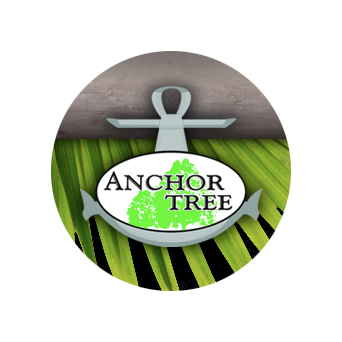Trees give us shade and beautify our surroundings, but just like any living thing, these gifts of nature also require regular trimming and maintenance to stay healthy. Different trees require different amounts of maintenance to grow and flourish and a one-size-fits-all approach won’t work on them.
Let’s understand some of the best practices for tree trimming:
- Understanding Local Species – It’s important to first get familiar with the common trees species in your area. As each species has its growth pattern, environmental requirements, and vulnerabilities, targeted trimming and maintenance can help it grow stronger and healthier.
- Vulnerabilities – Some tree species are more prone to damage due to their growth patterns and weaknesses. So it’s essential to trim such trees before the storm season to reduce the risk of their branches breaking, or the tree uprooting and safeguard our property and loved ones.
Best Practices for Your Local Vegetation
Let’s explore some of the local vegetation of Florida and how to keep them in top condition:
- Oak Trees – These trees are known for their strength and resilience and need regular trimming throughout the year. This helps in removing any dead, infested, or overcrowded branches and helps the tree get better air circulation, reduces wind resistance, and boosts overall health.
It’s important to learn the proper trimming techniques as improper cuts can weaken the overall structure of the tree and make it more vulnerable to diseases. - Palm Trees – These trees don’t need much trimming, but it’s important to remove any dead fronds(palm leaves) as they can be potential hazards during the storm season. As these trees grow from a single bud, located at the top, it’s necessary to stay cautious while trimming so that you don’t end up damaging this bud that is crucial for the tree’s growth.
- Pine Trees – These tall trees bring a touch of evergreen charm to our surroundings. They are naturally resistant to wind but trimming can make them even healthier.
Removing crowded branches helps improve air circulation, but excessive trimming should be avoided as Pine trees depend on their needles for photosynthesis.
Note: It’s also good to wear gloves and protective clothing while pruning pine trees to avoid getting covered in pine sap. - Maple Trees – These deciduous trees offer vibrant foliage and shade. Regular pruning helps remove any weak, dead, or crossed branches. This improves the overall form of the tree, its growth, and structural stability in times of storms.
- Cypress Trees – These dense trees have evergreen foliage that provides privacy. Regular pruning of these trees helps improve tree health and air circulation and gives them a more clean and visually appealing look.
Caring About the Ecosystem
While taking care of your trees and paying attention to their maintenance, it’s also crucial to care about the wildlife. Many birds and squirrels make nests during spring and early summer, during these months it’s best to avoid trimming or do it carefully while paying attention to any visible nests.
Certain exotic tree species also look attractive and low maintenance. You may be tempted to plant these exotic species, but it’s essential to understand that they can disrupt the balance of our local ecosystems. Instead plant native trees, as they benefit the wildlife, are better adapted to the area’s climate, and need less maintenance.
By following these tips you can create a beautiful, well-maintained backyard. But as different trees require different care and trimming, it often becomes difficult to maintain them ourselves.
To ensure your trees continue to be properly pruned and in good shape, contact Anchor Tree Services for tree trimming in Naples, FL. Our team of certified arborists can help you evaluate the health of your trees and trim them ideally by following the correct methods and using advanced tools. Thus, helping you safeguard your loved ones and property during the storm season.

